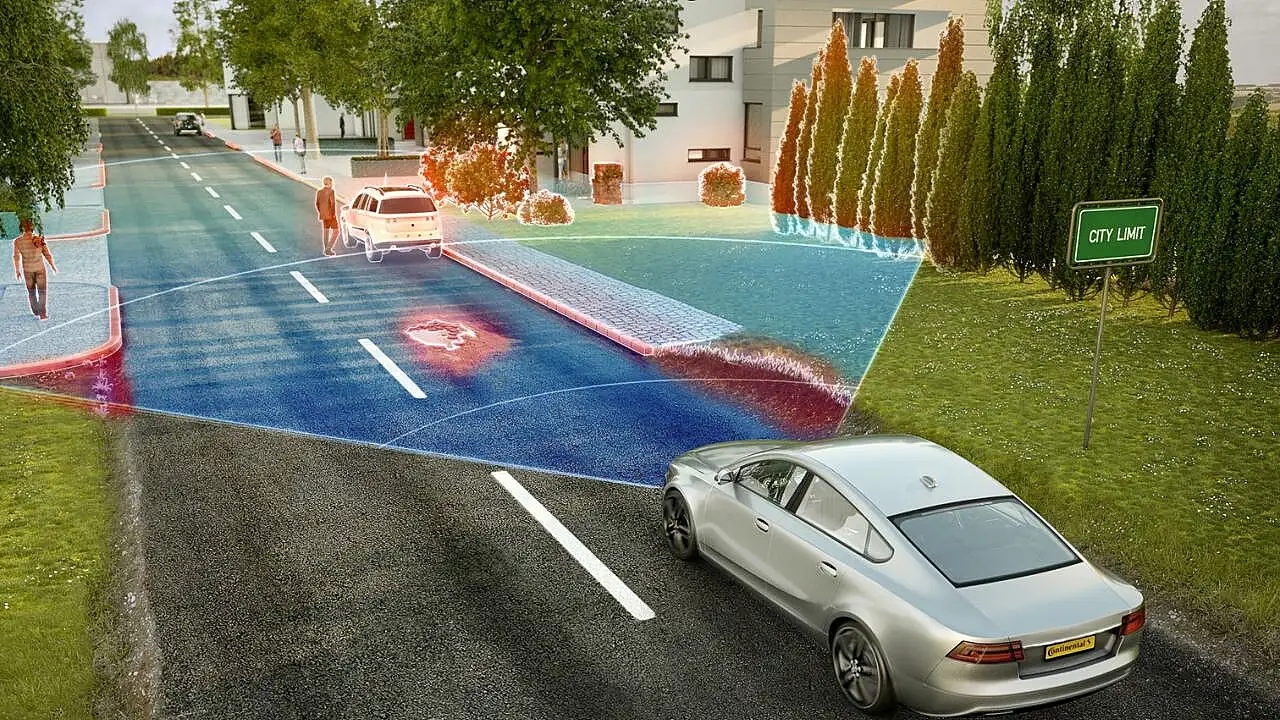
Increasing investments in autonomous driving technologies, rigorous safety regulations, and growing consumer demand for advanced driver assistance systems fuel the global automotive 4D imaging radar market to grow at a CAGR of 22% until 2029.
According to the recent report by ResearchAndMarkets, the global automotive 4D imaging radar market is on a trajectory of remarkable growth, poised to reach a valuation of $4.1 billion by the close of 2029, marking a substantial rise from its 2022 value of $1.02 billion. Between 2024 and 2029, the global automotive 4D imaging radar market is anticipated to expand significantly, the report said.
Spanning the historical era of 2019-2022, the estimation for 2023, and the projection spanning 2024-2029, this comprehensive analysis delves into both the value and volume (in million units) dimensions of the market.
Encompassing a detailed scrutiny of regions such as the Americas, Europe, APAC, Middle East, and Africa, as well as ten key countries including the United States, Brazil, Mexico, Canada, Germany, United Kingdom, France, Spain, China, and Japan, this research report presents a comprehensive portrayal. It encapsulates a spectrum of vital data, ranging from market size, annual growth insights, potential analysis, and a competitive evaluation of market players to investment opportunities and demand projections.
According to the report, the key ascent lies in factors such as heightened investments in autonomous driving technologies, the imposition of rigorous safety regulations, and escalating consumer demand for advanced driver assistance systems (ADAS). The Automotive 4D Imaging Radar Market stands poised to capitalise on these drivers, manifesting an era of innovation and transformative advancements.
Increasing Purchasing Power
The evolution in technology and the increasing purchasing power of customers are driving up the automotive 4D imaging radar market. Sensors and ADAS are the autonomous vehicle price drivers. As is already seen in the market for semi-autonomous driving and smart driver assistance systems, prices for emerging technologies are expected to reduce swiftly. As a result, more individuals will eventually be able to buy them. While there are some marginal changes in geography, most innovation in the car and tech industries still occurs domestically.
As consumer awareness of ADAS and autonomous driving technologies grows, there is a rising demand for vehicles equipped with safety features. Many consumers now consider ADAS features a significant factor when purchasing a new vehicle, further driving the demand for 4D imaging radar technology.
The increasing demand for advanced driver assistance systems and autonomous driving technologies is a major driver propelling the growth of the global automotive 4D imaging radar market. As the automotive industry continues to prioritise safety and innovation, the report observed that the adoption of 4D imaging radar is expected to increase, contributing to the transformation of the automotive landscape and paving the way for a safer and more efficient driving future.
Overall, the global automotive 4D imaging radar market is at the forefront of automotive innovation, promising consumers a safer and more efficient driving experience. With continuous advancements and ongoing research, this technology is expected to reshape the automotive landscape, making autonomous driving a reality and significantly reducing road accidents.
As key players continue to invest in research and development, the future of the automotive industry looks increasingly interconnected with the revolutionary capabilities of 4D imaging radar, the report added.
Courtesy: ResearchAndMarkets. Photo is representational; courtesy: Continental.
Also Read:
Marelli, WHST Sign Agreement For Radar Solutions Aimed At ADAS, AD applications